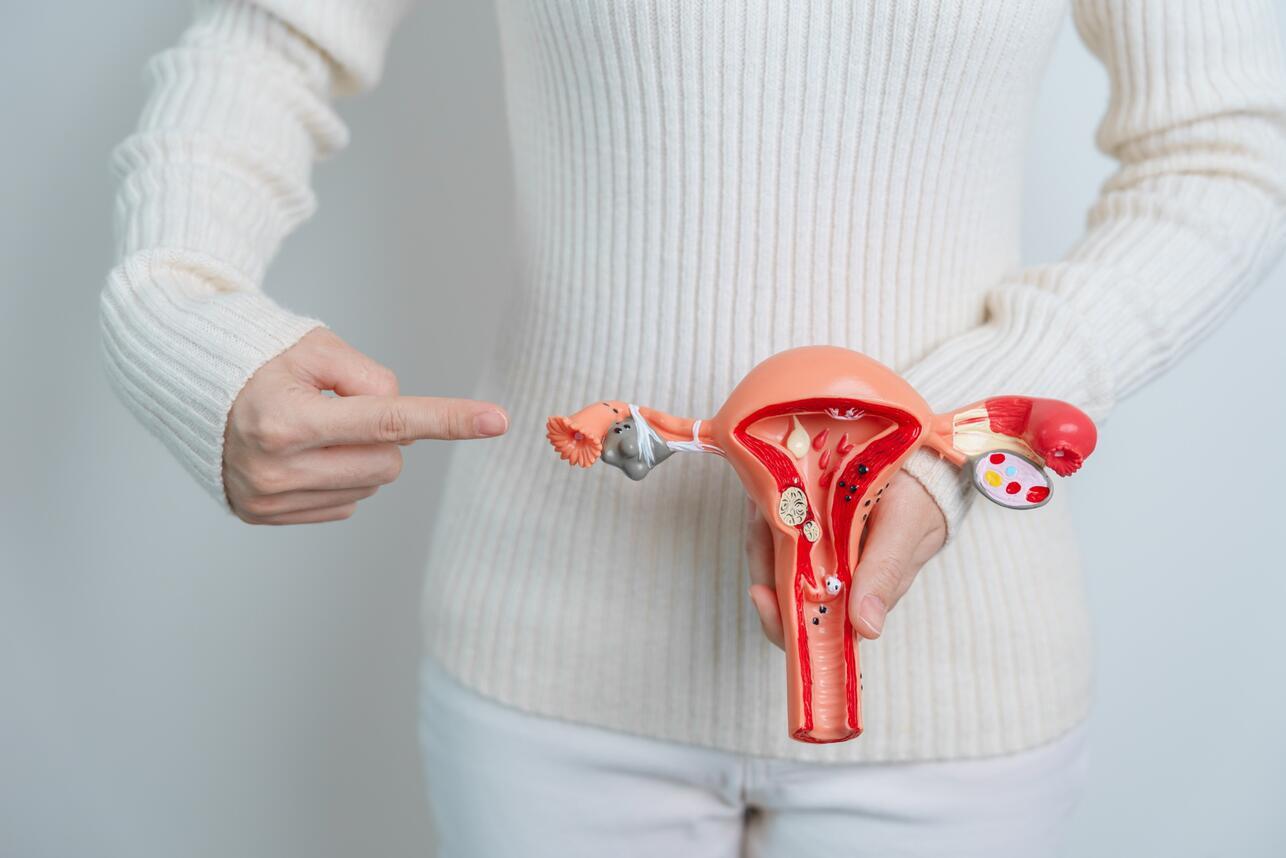The uterine fibroid treatment market is diverse, catering to a wide range of therapeutic modalities that vary in terms of invasiveness, efficacy, and patient suitability. This segmentation allows healthcare providers to tailor treatments based on factors such as the size and location of fibroids, the patient's age, reproductive goals, and the severity of symptoms. A comprehensive understanding of the market segmentation, including the various therapeutic modalities and patient demographics, is crucial for stakeholders to make informed decisions in the evolving uterine fibroid treatment landscape.
Therapeutic Modalities:
-
Non-Invasive Treatments
Uterine Artery Embolization (UAE) and MRI-guided Focused Ultrasound (MRgFUS) are the two major non-invasive treatment options in the uterine fibroid market. UAE involves blocking the blood supply to the fibroids, leading to their shrinkage. It is particularly effective for women who wish to avoid surgery and preserve their fertility. On the other hand, MRgFUS uses high-frequency sound waves to destroy fibroid tissue without surgery. Both procedures have a shorter recovery time compared to traditional surgeries and are becoming more popular due to their effectiveness and reduced risk of complications. -
Minimally Invasive Surgical Treatments
For women who do not respond to non-invasive therapies, myomectomy (surgical removal of fibroids) is the most common option. This can be performed using laparoscopic techniques, which involve smaller incisions, leading to reduced recovery times and less scarring compared to traditional open surgery. Robotic-assisted surgery is an advanced form of myomectomy, offering greater precision and further minimizing recovery time. Another key surgical option is hysterectomy, the complete removal of the uterus, typically reserved for women who are no longer interested in preserving fertility or when fibroids are particularly large or numerous. -
Pharmaceutical Treatments
Hormonal therapies are often used as a first-line treatment for women with mild symptoms. Drugs like GnRH agonists, SPRMs (Selective Progesterone Receptor Modulators), and Aromatase inhibitors help shrink fibroids and manage bleeding. Although these medications offer temporary relief, they do not provide a permanent solution and are generally used before more invasive procedures. -
Emerging Therapies
Newer pharmaceutical and biologic treatments are currently in development. These therapies aim to provide more long-term relief from fibroids without the need for surgery. For example, the ulipristal acetate (a selective progesterone receptor modulator) is gaining traction for its ability to shrink fibroids, manage symptoms, and reduce the need for invasive procedures. Additionally, the use of gene therapy and molecular targeting could revolutionize the way fibroids are treated in the future.
Patient Demographics:
-
Age and Reproductive Status
The majority of women affected by uterine fibroids are in their reproductive years, typically between the ages of 30 and 50. Younger women who have not yet completed their family may prefer non-invasive options like UAE or MRgFUS to avoid compromising their fertility. Older women nearing menopause, when fibroids often shrink naturally due to hormonal changes, may opt for more definitive treatments like hysterectomy. -
Symptom Severity
Patient demographics also play a role in treatment choices based on the severity of symptoms. Women with severe symptoms such as heavy bleeding, pelvic pain, or pressure may seek more aggressive treatments like myomectomy or UAE. Conversely, women with mild symptoms or incidental fibroids may opt for less invasive approaches, including medication or observation, depending on their age and reproductive plans. -
Fertility Considerations
Fertility preservation is a key factor in treatment choice, especially for younger women who wish to maintain their ability to conceive. Non-invasive treatments like UAE and MRgFUS are often preferred as they preserve the uterus and fertility potential. In contrast, surgical procedures like hysterectomy are considered when fertility preservation is not a concern. -
Geographical and Socioeconomic Factors
Geographical location and socioeconomic factors also influence treatment choices. In developed markets such as North America and Europe, advanced technologies like MRgFUS and robotic-assisted myomectomy are more accessible, contributing to higher adoption rates. In contrast, in developing regions, traditional surgeries and pharmaceutical treatments may be more commonly used due to cost constraints and limited access to advanced healthcare facilities.
Conclusion
The uterine fibroid treatment market is highly segmented, with treatment choices influenced by various therapeutic modalities and patient-specific factors. Non-invasive treatments like UAE and MRgFUS are gaining popularity due to their minimal recovery times and fertility preservation benefits. Minimally invasive surgeries, including myomectomy and robotic-assisted procedures, continue to be favored for women who require more extensive interventions. Pharmaceutical treatments remain a common choice for symptom management, while emerging therapies hold the potential to offer more permanent solutions. Patient demographics—such as age, reproductive status, symptom severity, and fertility concerns—significantly influence treatment decisions, creating a diverse and dynamic market. As medical technology and treatment options continue to evolve, the uterine fibroid treatment market is expected to expand, offering women a wider range of options to address this prevalent health concern.



